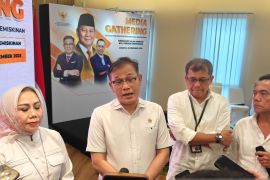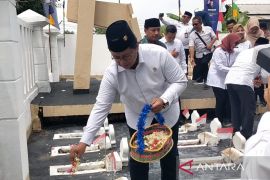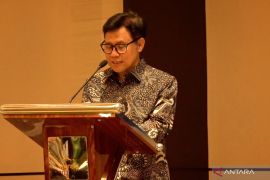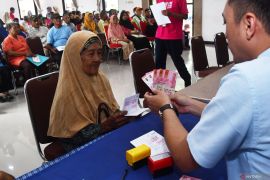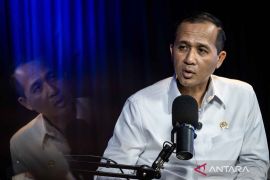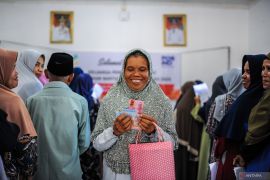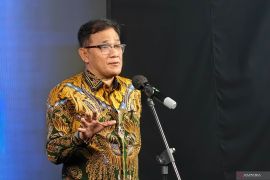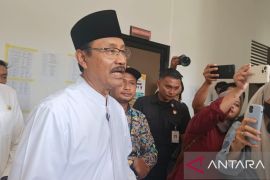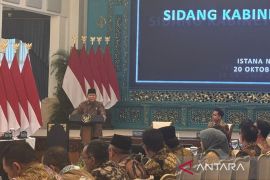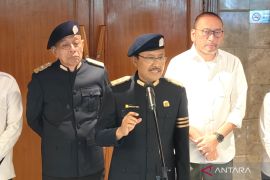"If calculated with reference to the poverty line - the food poverty and non-food poverty lines - the number of poor people has decreased from 39.3 million to 31.02 million since 2006," Kecuk Suhariyanto, director of BPS`s Statistical Analytical and Development division, said at a seminar organized by ANTARA News here Thursday.
He gave the figures to counter a statement by several prominent religious figures who had recently accused the government of having lied for saying that the number of the poor in 2010 was 31,02 million, while the number of poor people receiving government-subsidized rice was 70 million.
The subsidized rice recipients consisted of 31.02 million poor people, plus 29.38 million nearly poor people, Kecuk said.
"Actually, the number of rice-for-poor recipients should be 60.4 million, as it is calculated from 17.5 million targeted-households multiplies the number of members of each household," he said.
BPS produces data on macro poverty rate to be used for general planning, and micro poverty rate, namely the number of poor people plus nearly poor people, to be used for programs dedicated to directly help the poor, such as rice for the poor, cash assistance for the poor (BLT), and community health insurance (Jamkesmas).
He said the government must also pay attention to the disparity of poverty rate between provinces, such as between Jakarta and Papua Province.
Kecuk also said that 29.39 million nearly poor people were prone to become completely poor due to price hikes.
"For instance at present if there is a price fluctuation they will fall into poverty," he said.
(Uu.F001/HAJM)
Editor: Priyambodo RH
Copyright © ANTARA 2011
